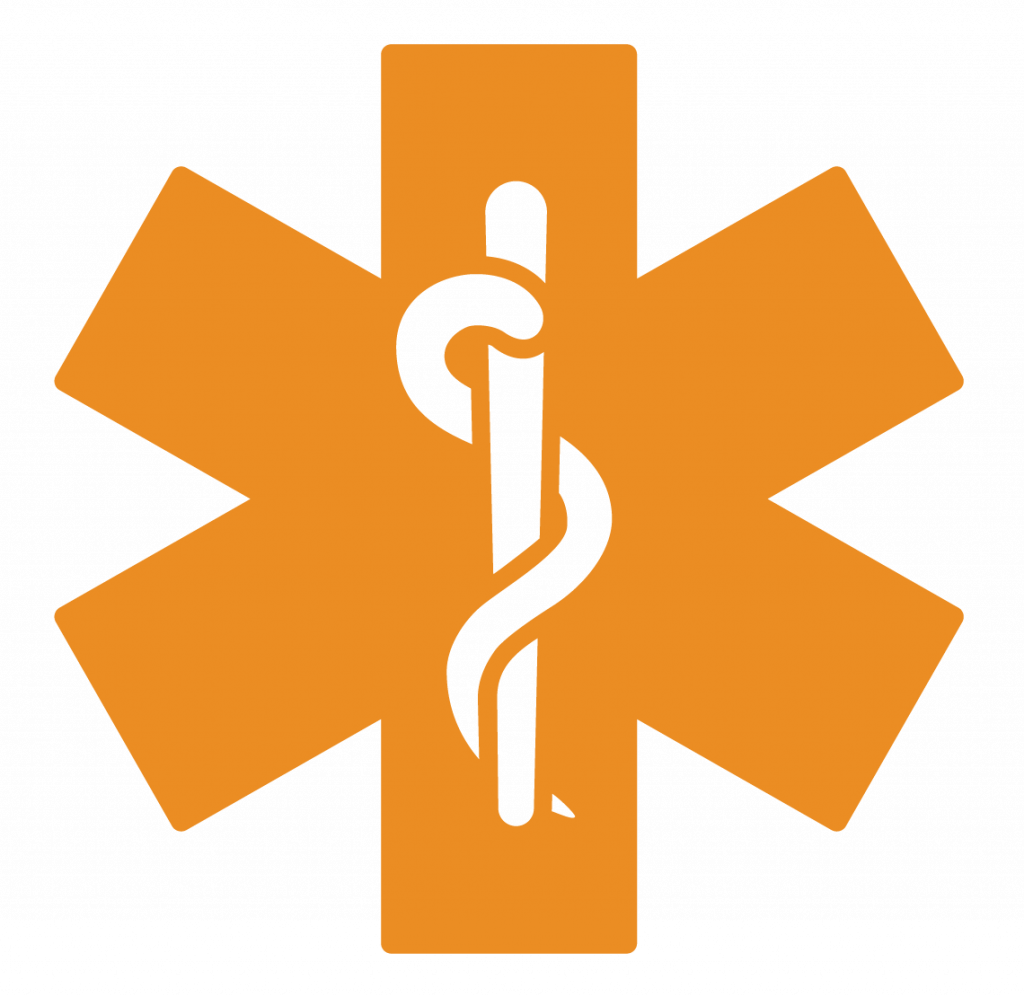To Buy Pregabalin Online Visit Our Pharmacy ↓
 Pregabalin Vs Gabapentin: Key Differences
Pregabalin Vs Gabapentin: Key Differences
Mechanisms and How They Affect Pain Relief
Both drugs quiet overactive nerves by binding the same calcium-channel subunit, which reduces release of glutamate and substance P. Pregabalin’s higher affinity and linear absorption often translate to faster, more predictable relief, while gabapentin can show variable blood levels because its transport-limited uptake saturates at higher doses.
Clinically this means pregabalin may acheive symptom control with lower doses and a steadier onset, whereas gabapentin is cheaper and useful but can require careful titration. Side-effect profiles overlap and choices reflect patient preferences, renal function, and cost—teh practical trade-offs clinicians balance daily.
Onset, Potency, and Dosage: Practical Differences

Clinically, pregabalin often feels faster and more predictable than gabapentin for many patients, with a steadier absorption and linear dose response that simplifies titration. Starting doses are typically lower and escalation quicker, so relief can begin sooner for some nerve pain syndromes. Pharmacokinetics make pregabalin more potent milligram for milligram, meaning clinicians can achieve symptom control with smaller tablets and fewer dose adjustments.
Gabapentin requires more complex dosing, multiple daily doses and larger total milligram amounts, and its bioavailability falls at higher doses, which can make titration a bit clumsy. Patients report teh need for careful scheduling, and side effects may occur more variably as doses change. Cost, formulary limits, and patient preference shape the final choice, and clinicians will balance potency against tolerability and access. Shared monitoring strategies and patient education help optimise outcomes in everyday practice across settings.
Side Effects, Tolerability, and Safety Profiles
Patients often notice sedation and dizziness early with both drugs, but pregabalin is sometimes quicker to cause sleepiness. Many patients find effects predictable across time.
Nausea and weight gain can occur, while cognitive slowing or blurred vision may affect daily tasks. Impact varies by dose.
Tolerance is generally good, but elderly people need lower doses and monitoring for falls; side effects often lessen over weeks. Monitoring is essential, especially elderly.
Serious reactions are rare, yet occassionally allergic responses or withdrawal on abrupt stop demand clinician attention and clear managment plans.
Clinical Uses: Neuropathic Pain and Beyond

For neuropathic pain, pregabalin and gabapentin are staple options; pregabalin often offers faster, more predictable relief and is approved for diabetic neuropathy, postherpetic neuralgia, and fibromyalgia. Clinicians choose based on severity, comorbidities, and response.
Beyond neuropathy they’re used for partial seizures, generalized anxiety disorder (pregabalin), and off-label uses like restless legs and neuropathic itch. Side-effect profiles and dosing convenience influence selection; cost and formulary access also matter. Shared decision-making helps set realistic goals and monitor function and safety—Definately a team effort between patient and clinician with regular reassessment of outcomes.
Drug Interactions, Renal Dosing, and Dependence Risk
Clinicians must balance benefit and harm when prescribing pregabalin, especially since it amplifies central nervous system depression with opioids or benzodiazepines. Patients often report quicker relief but also sedation, so counselling is key.
Renal clearance dictates dosing: pregabalin is largely unchanged in urine, so doses should be reduced by creatinine level and dialysis schedules considered. Physicians should check renal function before initiation and adjust at follow-up.
Dependence and misuse have been described; some patients develop tolerance or crave the sedating effects. Tapering slowly reduces withdrawal risk, and clinicians must screen for substance use history.
Medication reviews to recieve patient lists, educate about fall risk, and use shared decision-making improve safety. With vigilance and tailored adjustments, therapy can be effective and acceptable. Follow-up visits can preempt problems and ensure continued benefit. Early reporting of adverse events is crucial for timely interventions.
Choosing between Them: Cost, Access, and Evidence
Clinicians weigh cost, access, and trial evidence when choosing therapy. Pregabalin’s predictable dosing and stronger randomized-trial support for some neuropathic pains often favour its selection in practice.
Patients and payers watch prices; gabapentin is typically cheaper and more available as generics, so patients often recieve it first. Yet inconsistent absorption can complicate titration compared with pregabalin in practice.
Shared decision-making, insurance coverage, and limited head-to-head trials shape the final decision; when evidence is equivocal, clinicians balance symptom relief, tolerability, and individual patient preferences alongside cost and formulary constraints. FDA NCBI












